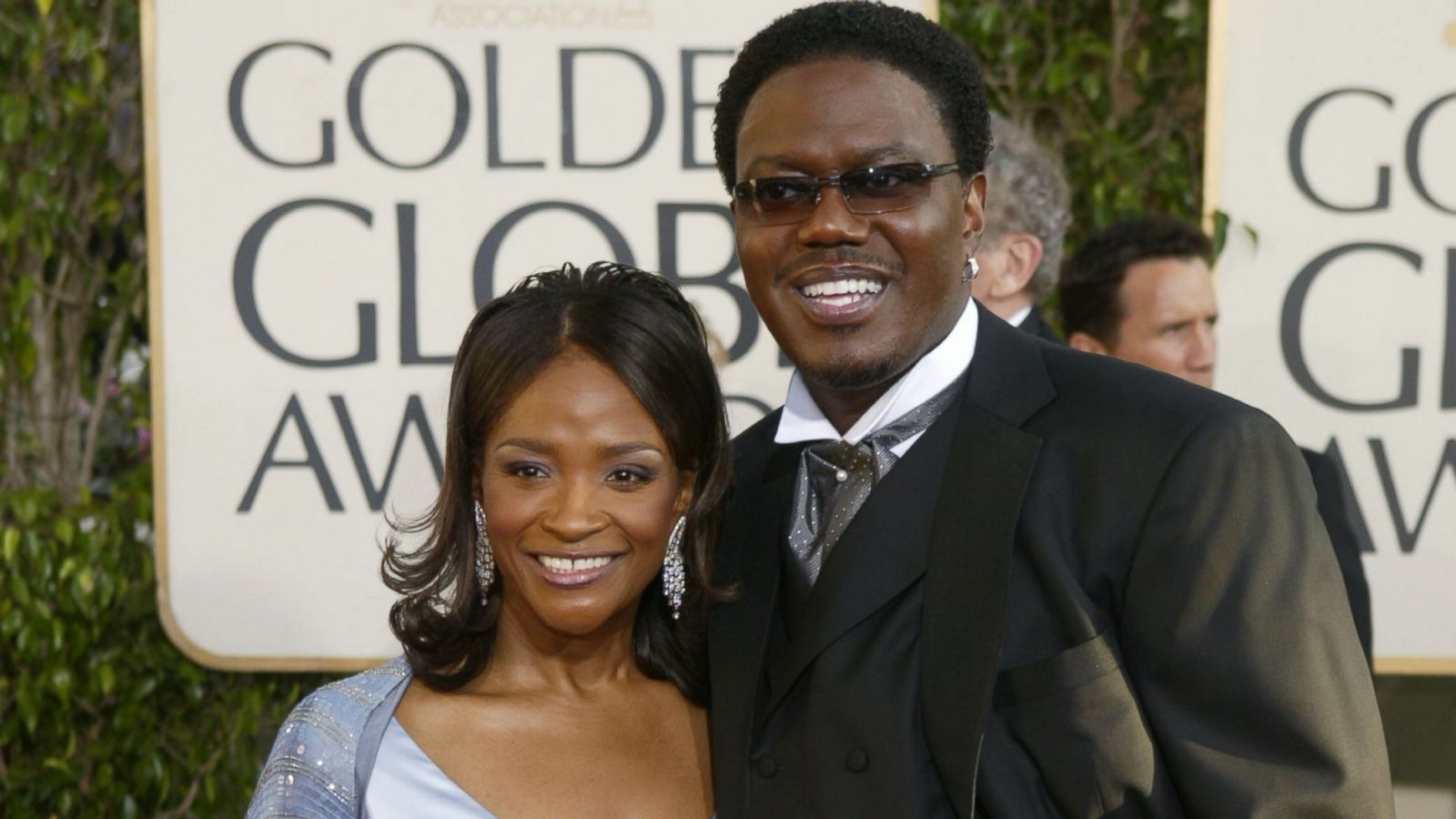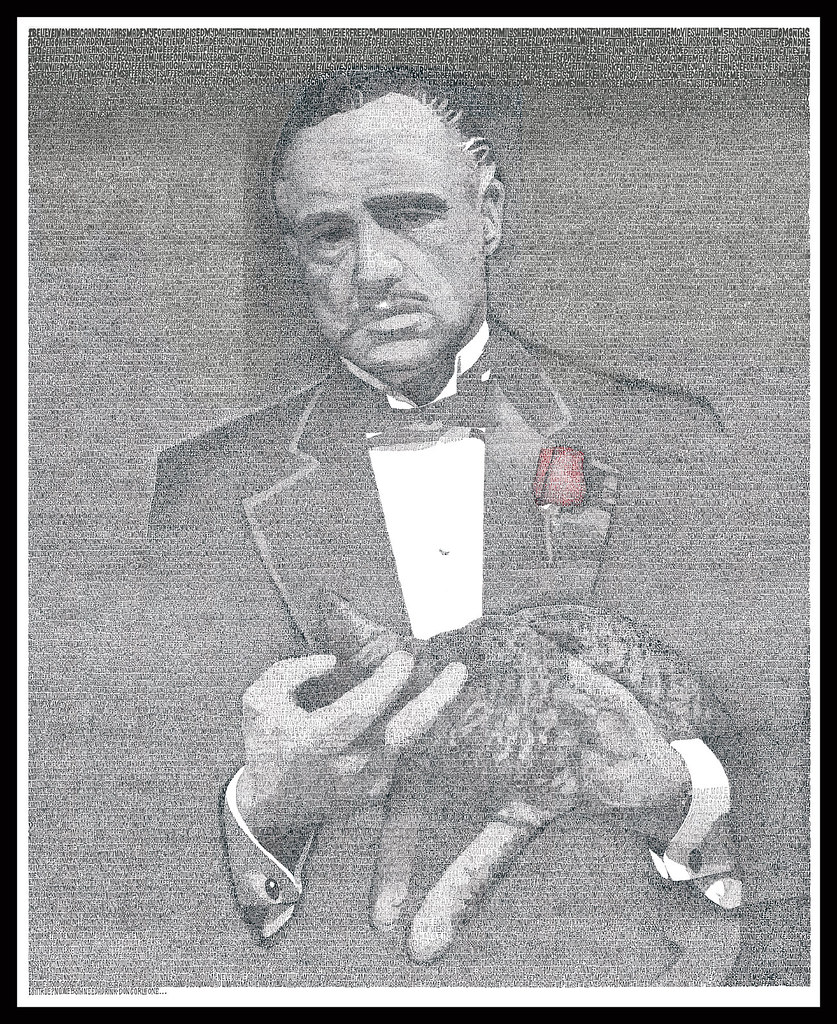
The Godfather isn’t just a movie; it’s a cultural phenomenon, a cinematic touchstone that redefined the gangster genre and cemented its place in film history. For over five decades, Francis Ford Coppola’s masterful adaptation of Mario Puzo’s novel has captivated audiences worldwide, chronicling the dramatic rise and fall of the Corleone crime family with unparalleled depth and artistry. It’s a film teeming with iconic scenes, unforgettable performances, and lines that have woven themselves into the fabric of popular culture.
But beneath the surface of this cinematic masterpiece lie layers of fascinating stories, unexpected challenges, and spontaneous decisions that shaped its legendary status. From the behind-the-scenes drama and fierce studio battles to the accidental magic that unfolded on set, the journey of bringing “The Godfather” to the big screen was as intricate and compelling as the narrative itself. Even if you consider yourself a superfan, there are probably still some hidden gems of trivia that will make you look at the film with fresh eyes.
So, get ready to dive deep into the untold tales and incredible anecdotes that illuminate the making of one of the greatest movies of all time. We’ve unearthed 14 mind-blowing facts that shed light on the creative genius, sheer luck, and relentless determination that went into crafting the Corleone saga. Prepare to have your mind blown and your appreciation for this epic crime drama elevated to an entirely new level!

1. **The Stray Cat’s Unscripted Debut: A Purr-fect Accident**Imagine this: one of the most iconic images from “The Godfather” – Don Vito Corleone, stroking a cat in his lap during the opening scene – was never actually in the script. It was a complete, spontaneous addition, a serendipitous moment that Francis Ford Coppola, with his keen eye for detail, simply couldn’t pass up. This little feline offered an unexpected layer of complexity to the formidable crime boss, contrasting his ruthless power with a touch of domestic tenderness.
The story goes that Francis Ford Coppola encountered a stray cat while walking through the lot at Paramount Studios. Seeing an opportunity to add a unique, unscripted element to Vito Corleone’s character, he scooped up the feline and handed it to Marlon Brando, instructing him to improvise. The cat, evidently quite taken with Brando, settled comfortably in his lap, becoming an instant, albeit accidental, co-star. This candid interaction immediately endeared the animal to the crew and, eventually, to millions of viewers.
However, this purr-fect accident wasn’t without its challenges. The cat purred so “ludicrously loud” that it actually muffled some of Marlon Brando’s lines, creating an unexpected hurdle for the sound team. This necessitated that some of Brando’s dialogue had to be “looped over” in post-production to ensure audibility. It’s a testament to Coppola’s commitment to capturing natural, organic moments, even if it meant a little extra work, to enhance the authenticity and depth of his masterpiece.

2. **The Horrifying Truth Behind the Horse’s Head: John Marley’s Real Screams**For anyone who has seen “The Godfather,” the scene where Hollywood producer Jack Woltz wakes up to find the severed head of his prized stallion in his bed is one of the most shocking and unforgettable moments. Its sheer brutality serves as a stark warning from the Corleone family. What many viewers don’t realize: the horse’s head was not a prop, but a real horse’s head.
During rehearsals, actor John Marley was given a fake head. This allowed him to practice his reactions. But when cameras rolled, Coppola, striving for realism, made a decisive and gruesome switch. Without Marley’s prior knowledge, the fake head was replaced with the genuine article, sourced from a local dog-food company.
The effect was instantaneous. Marley’s screams of terror and disgust upon discovering the grisly object were entirely authentic, born from genuine shock. This unscripted, raw emotion elevated the scene, making it far more impactful and disturbing. While animal rights groups protested, its raw power remains a cornerstone of the film’s narrative.
3. **Brando’s Iconic “Bulldog” Transformation: The Dental Prosthetic Secret**Marlon Brando’s portrayal of Don Vito Corleone is legendary, defined not only by his gravelly voice and understated power but also by his distinctive physical appearance, particularly that formidable, jowly jawline. This iconic “bulldog” look, as Brando envisioned it, was meticulously crafted, dispelling a popular urban legend that suggests he merely stuffed his cheeks with cotton or tissues during filming. The on-screen reality was far more sophisticated and intentional.
For his initial screen test, where Coppola aimed to convince skeptical Paramount executives, Brando did use a rudimentary method: he stuffed his cheeks with cotton wool. This visual, combined with his performance, ultimately won over the studio, despite their fierce opposition. It was a crucial step in bringing Vito Corleone’s physical presence to life.
However, for the actual filming, a much more refined approach was taken. Brando wore a custom-made mouthpiece, specifically designed by a dentist, to create those iconic sagging jowls and that imperious jawline. This “dental plumper” consisted of steel-bar dentures, augmented with blobs of resin, known as ‘plumpers,’ at either end. This elaborate appliance required Brando to spend three hours in make-up daily, showcasing his commitment to embodying the character fully and precisely.

4. **Al Pacino’s Rocky Start to Stardom and Unprecedented Comeback**It’s almost unthinkable now, but Al Pacino, the actor synonymous with Michael Corleone, was far from the first choice for the role. His journey to becoming a star was fraught with challenges. Despite Francis Ford Coppola’s unwavering belief, Paramount Pictures pushed for established names like Robert Redford or Ryan O’Neal. This studio opposition created a tense environment, with Pacino reportedly facing the threat of being fired up to three times.
Adding to the complexity, Pacino wasn’t immediately enthusiastic, reportedly asking, “How am I going to play this part?” This hesitation and studio skepticism meant he started his “Godfather” journey on a low salary. He earned $35,000 for his pivotal performance, comparable to Caan and Keaton, and less than Duvall.
Yet, “The Godfather” was just the beginning. Following the film’s immense success and his acclaimed performances in subsequent hits like “Scarecrow” and “Serpico,” his star power skyrocketed. For “The Godfather: Part II,” Pacino commanded a significantly higher fee: $600,000 salary, coupled with a lucrative 10 percent cut of the movie’s adjusted-gross income. This remarkable leap illustrates his journey from studio-doubted newcomer to undeniable cinematic icon.
5. **The Unexpected Gift: George Lucas’s Contribution to the “Mattress Sequence”**While “The Godfather” is linked with Coppola, George Lucas played a subtle yet significant role in crafting one of its most chilling montages. Lucas, later of “Star Wars,” lent his talents to the infamous “Mattress Sequence” – a montage of crime scene photographs and newspaper headlines depicting the escalating gang war. It was a fascinating collaboration.
This contribution was a gesture of gratitude. Lucas crafted the “Mattress Sequence” as a personal “thank you” to Coppola, who helped him secure funding for “American Graffiti.” It’s a testament to the collaborative spirit among these burgeoning filmmakers at a pivotal Hollywood moment.
To create the sequence’s disturbing authenticity, Lucas utilized photographs from real crime scenes, adding a visceral, journalistic grit. One such image, of Frank “The Enforcer” Nitti, Al Capone’s right-hand man, was notably included, though Nitti had actually shot himself rather than being murdered. Coppola’s father, Carmine Coppola, can also be seen as the piano player during this scene, making it a truly multi-layered marvel.
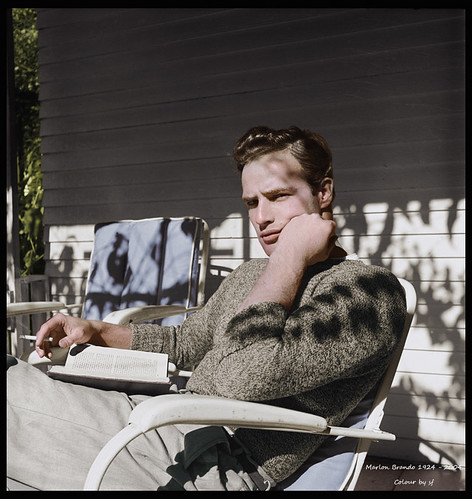
6. **The Studio’s Fierce Opposition to Marlon Brando’s Casting as Vito Corleone**It’s almost impossible to imagine anyone but Marlon Brando as Don Vito Corleone, yet his casting was a monumental battle, fraught with intense opposition from Paramount Pictures. The studio, particularly its head Charles Bluhdorn, feared Brando’s reputation for being “difficult” and a “problem on the set.” Bluhdorn reportedly declared Brando would “never appear in a Paramount picture,” pushing for Laurence Olivier instead. This clash of wills set the stage for one of Hollywood’s most legendary casting sagas.
Paramount executives fiercely resisted, with Robert Evans famously stating, “He’s crazy. F*ck him and the horse he rode in on.” This forced Coppola into a corner, yet he remained steadfast. He knew Brando was the only actor capable of embodying the Don and had to outsmart the studio.
To circumvent Paramount’s outright refusal, Coppola devised a clever stratagem. He lured the notoriously cagey actor into what he cleverly dubbed a “makeup test,” which was, in reality, the screen test the studio demanded. When Coppola presented the footage, executives were so impressed, reportedly not even recognizing Brando under the makeup, that they finally relented. This brilliant maneuver secured Brando’s place and gifted the world with one of its most unforgettable performances.
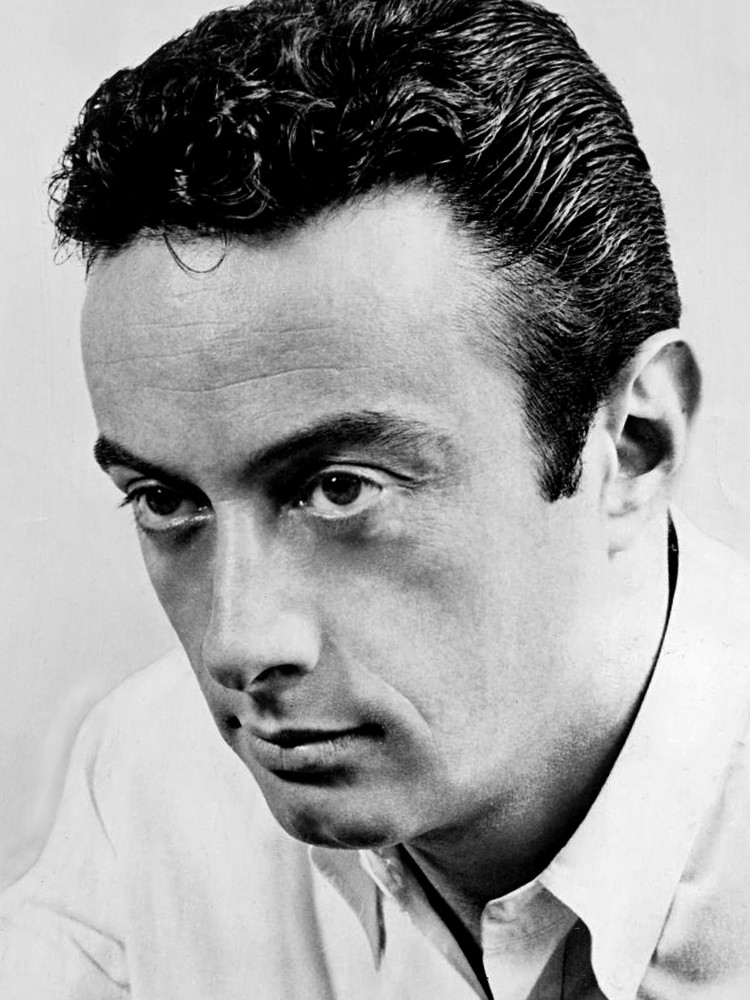
7. **Lenny Montana’s Real-Life Mafia Ties and On-Screen Nerves**In “The Godfather,” Luca Brasi stands out as Don Corleone’s terrifyingly loyal enforcer. Lenny Montana’s portrayal is more compelling given his reported real-life organized crime connections. Associate Producer Gary Fredrickson stated Montana confessed to being a Mafia bodyguard and arsonist, adding unsettling authenticity and realism to his character.
Despite his intimidating presence, Montana, a professional wrestler, was overwhelmingly nervous acting opposite Marlon Brando. During the crucial scene where Brasi pays respects to Don Corleone, Montana struggled, repeatedly fumbling lines throughout an entire day of shooting. This unexpected vulnerability from such a formidable character provided a fascinating dimension.
Faced with a time crunch, Francis Ford Coppola embraced this “mistake.” He ingeniously wove it into the narrative by adding a new scene depicting Luca Brasi nervously rehearsing his lines before meeting the Godfather. This brilliant editorial decision not only explained Montana’s earlier flubs but also humanized Brasi, showing even the most feared enforcer felt intimidated by the powerful Don. It’s a perfect example of Coppola’s ability to turn a challenge into a profound moment.
8. **”Leave the Gun, Take the Cannoli”: The Unscripted Line That Became a Legend**You know those movie lines that just *stick* with you? “Leave the gun, take the cannoli” is definitely one of them, a perfectly dark yet oddly charming moment uttered by Peter Clemenza. What makes this line even more incredible is that it wasn’t even in the original script. It was a spontaneous addition, a testament to the improvisational brilliance often found on a film set.
The original script had Clemenza simply stating, “Leave the gun,” a stark command. However, director Francis Ford Coppola had, in an earlier scene, added a line where Clemenza’s wife reminds him to pick up cannoli for dessert. This small detail planted a seed in actor Richard Castellano’s mind, who played Clemenza with memorable gravitas. It’s amazing how a tiny narrative thread can weave itself into something much bigger.
It was Castellano’s real-life wife and co-star, Ardell Sheridan, who suggested he add, “take the cannoli.” This spontaneous addition transformed a moment of cold-blooded violence into something darkly humorous and distinctly human, a glimpse into everyday domesticity coexisting with brutal realities. It’s these unexpected flourishes that elevate “The Godfather,” forever etching it into cinematic history. The line is now so ingrained, it’s impossible to imagine the scene without it.
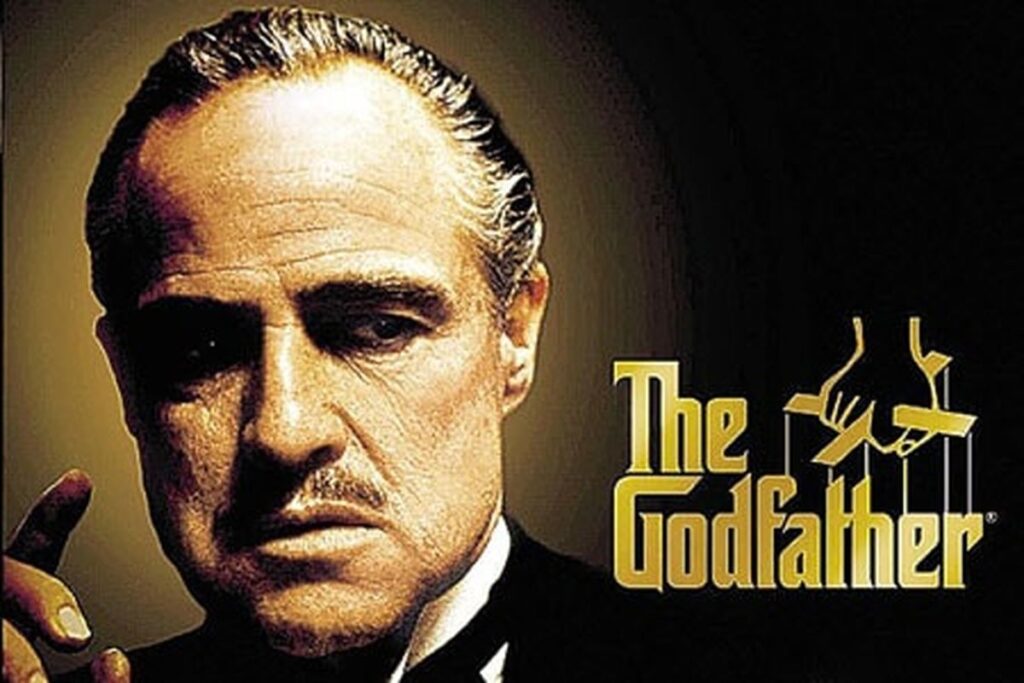
9. **Sonny Corleone’s Fiery End: The Most Explosive Scene in Mob History**If you’ve seen “The Godfather,” you’ll never forget the brutal, bullet-riddled demise of Sonny Corleone. His ambush at the Jones Beach Causeway toll plaza is one of the most violent and impactful scenes in the entire film, a shocking crescendo that underscores the perilous nature of the Corleone family’s world. This isn’t just any movie death; it’s a meticulously choreographed ballet of destruction that pushed special effects boundaries, leaving audiences stunned by its raw intensity.
Bringing Sonny’s dramatic end to life was no small feat, and it came with a hefty price tag, making it the most expensive scene in the movie. For a film reportedly costing around $6 million, a staggering $100,000 was dedicated to this single sequence. Actor James Caan, as Sonny, was fitted with an astonishing 127 blood-filled explosive squibs beneath his suit. These squibs were designed to burst open, simulating the horrific impact of bullets tearing through his body.
The explosions didn’t stop there. An additional 200 squibs were intricately drilled into Sonny’s Lincoln Continental, creating an overwhelming deluge of gunfire. When the cameras rolled and all these charges detonated, it delivered a visceral, unforgettable depiction of lethal force. The scene took an intense four days to shoot, involving 700 extras. This dedication to realism, combined with practical effects, ensured Sonny’s death remains one of cinema’s most iconic and devastating moments, a true highlight of special effects ingenuity.
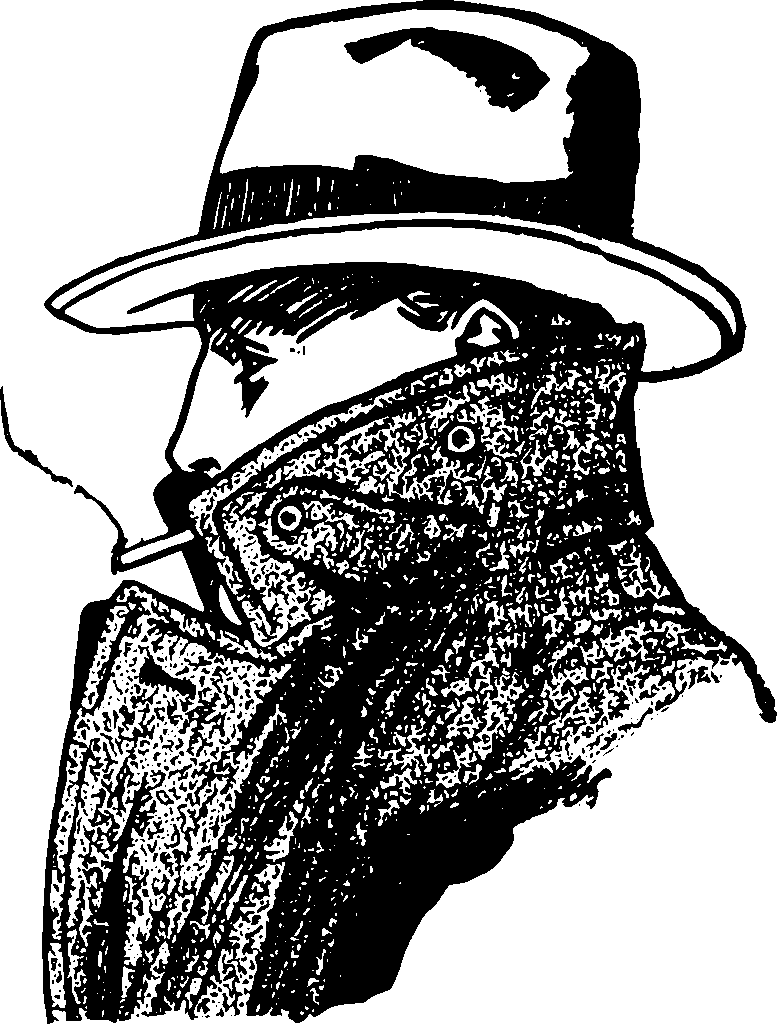
10. **The Unspoken Word: How “Mafia” Was Erased from ‘The Godfather’**It seems almost impossible, given its subject, but the word “mafia” is never uttered in Francis Ford Coppola’s “The Godfather.” Not once. This wasn’t an oversight; it was the result of intense real-world pressure and a fascinating, behind-the-scenes negotiation. It perfectly illustrates how external forces can subtly shape even the most revered cinematic masterpieces.
In 1971, “The Godfather” faced significant opposition. The Italian-American Civil Rights League, dedicated to combating negative stereotypes, launched a powerful campaign against the movie. This league, it turned out, was headed by a real-life mobster, Joseph Colombo. What started as peaceful protests, including a rally that raised $500,000 to halt production, escalated into intimidation, with veiled threats and equipment thefts.
Producer Albert S. Ruddy, faced with this pressure, decided to broker a deal. He met with Colombo and his crew. The League’s demand: delete all mentions of “mafia” from the script. In a surprising turn, Ruddy agreed. What Colombo and his men didn’t realize was that the script contained only *one* use of the word. So, Paramount agreed, and the League thought they had won a great victory, unaware of how minimal their impact was on the film’s dialogue. This bizarre negotiation ensured the word’s omission, fundamentally altering a small but significant detail. The closest the film comes is a newspaper headline mentioning “Mobster Barzini.”
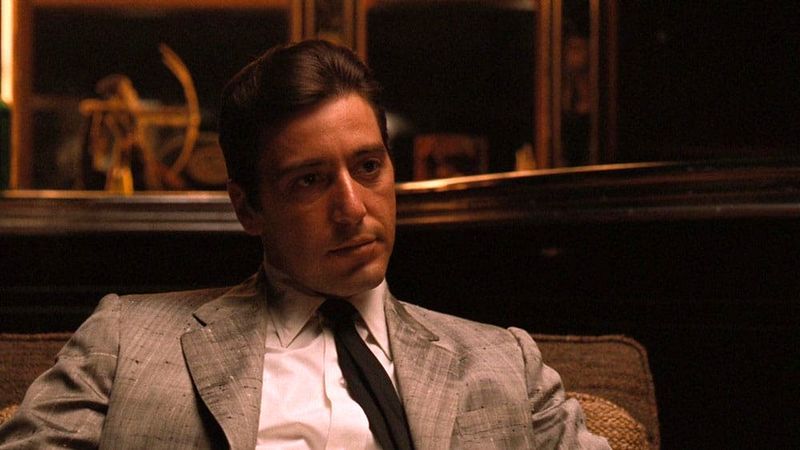
11. **From Risky Bet to Box Office King: ‘The Godfather’s’ Meteoric Rise**When “The Godfather” first hit cinemas, it wasn’t just a critical darling; it was an absolute box office juggernaut, shattering records and cementing its place as an instant classic. This film became a cultural phenomenon, redefining what a gangster movie could be and proving that artistic ambition could go hand-in-hand with commercial supremacy. Its financial triumph is a huge part of its enduring legacy, showcasing its powerful resonance with audiences.
Paramount Pictures took a calculated risk on “The Godfather,” investing around $6.2 million into its production. That risk paid off in an unprecedented way. Within its very first month in theaters, the film had already grossed an astounding $26 million. This wasn’t just a good opening; it was an explosion of popularity, signaling a shift in cinematic landscapes. Audiences flocked to see the dramatic saga of the Corleone family, captivated by its intricate storytelling, stellar performances, and raw emotional depth.
“The Godfather” quickly soared to become the highest-grossing movie of 1972, and for a brief period, it even held the title of the biggest box-office hit in history. Its success wasn’t limited to the screen; Mario Puzo’s novel was also a runaway bestseller, selling over nine million copies in its first two years and spending more than a year on the bestseller chart. Paramount had wisely snatched up the movie rights before it even hit shelves in 1969, turning a potential gamble into one of Hollywood’s most profitable and influential ventures. The film’s enduring appeal continues to draw new generations.
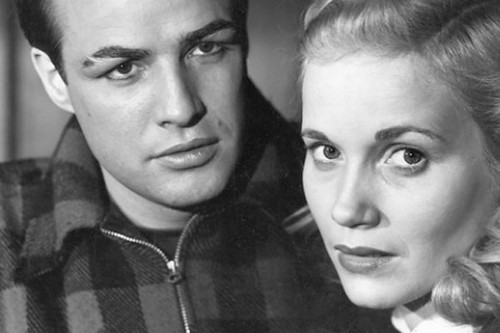
12. **Brando’s Secret Weapon: The Art of the Cue Card**Marlon Brando’s portrayal of Don Vito Corleone is legendary, earning him an Academy Award. His nuanced performance, marked by subtle gestures and a distinctive gravelly voice, is often cited as one of the greatest. Yet, here’s a mind-blowing tidbit: Brando notoriously used cue cards for many of his scenes in “The Godfather.” Yes, the acting titan didn’t fully memorize all his lines, a practice that would surely raise eyebrows today!
Before you jump to conclusions about laziness, Brando had a surprisingly profound reason. He believed that seeing his lines as he needed to say them enhanced his spontaneity. In his view, it mirrored real-life conversations where people don’t typically have their exact words rehearsed. He explained that “if you don’t know what the words are, but you have a general idea, then you look at the cue card. Then it gives you the feeling… that the person is really searching for what he is going to say.” It was an acting technique designed for a more authentic delivery.
Directors and crew became masters of discreetly placing these cue cards, taping them to various objects on set—lamps, bushes, even other actors’ foreheads—anything to keep them hidden from the camera. Brando had started using cue cards as early as 1966. This revelation adds another layer to the mystique of Brando’s genius and challenges our perceptions of what truly constitutes a “perfect” performance. It’s a fascinating insight into the unconventional methods that can lead to timeless artistry.
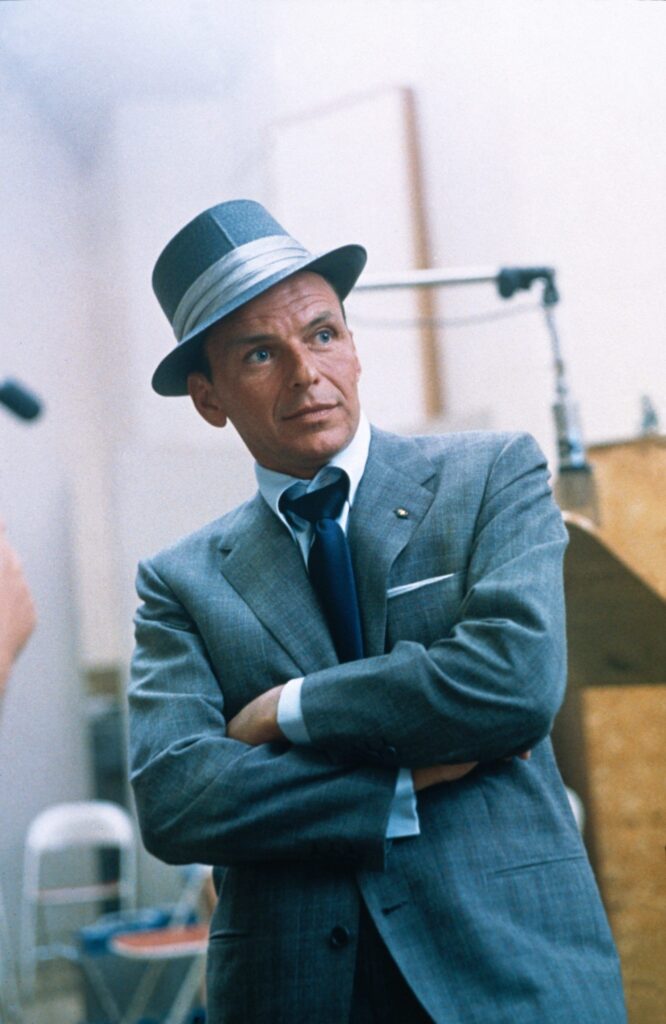
13. **Ol’ Blue Eyes’ Fury: Frank Sinatra’s Bitter Feud with ‘The Godfather’**Imagine a legend so powerful he could reportedly threaten to break a writer’s legs over a movie character. That’s the level of fury Frank Sinatra allegedly harbored towards “The Godfather.” The tension stemmed from Johnny Fontane, the successful singer whose career is revived by the Corleone family. It was widely believed Fontane was modeled after Sinatra, drawing on allegations of Ol’ Blue Eyes’ own crime connections. This was a deeply personal affront, sparking one of Hollywood’s most legendary feuds.
Frank Sinatra had been vehemently against the project from its inception. The comparison to Johnny Fontane was not lost on him, and in 1970, when he met Mario Puzo, he allegedly threatened to break Puzo’s legs. The animosity was palpable. Singer Al Martino, who played Fontane, claimed to have received threats warning him not to take the part. Film historian Tom Santopietro noted Sinatra was “incessantly career-obsessed” and saw the role of Vito Corleone as a great opportunity.
According to Santopietro, Sinatra directly offered to play Don Vito, proposing, “Francis, I will play Don Vito for you. I’ll never do it for those guys at Paramount so let’s you and I buy back the rights and make the movie.” For reasons unknown, Coppola rebuffed this offer, a decision that, according to Santopietro, only deepened Sinatra’s hatred. Gianni Russo, who played Carlo Rizzi, also claimed Sinatra tried to strong-arm him out of the film, saying, “Sinatra’s a punk. He called me up and said, ‘I don’t want you to support this thing.’ So I hung up the phone.” This simmering rage from such a powerful figure casts a fascinating shadow over the film’s production.

14. **The Unseen Ingenuity: Special Effects Behind Iconic Deaths**”The Godfather” is renowned for its unflinching portrayal of violence. Some of its most memorable, albeit disturbing, moments are the meticulously crafted death scenes. Beyond Sonny Corleone’s explosive end, other groundbreaking special effects brought chilling realism to the Corleone family’s brutal world. These moments were not just about shock value; they underscored the ruthlessness of mob justice, and the ingenious methods employed behind the scenes were cinematic magic.
Take the shocking assassination of Moe Greene, the Las Vegas casino owner. His death, a bullet square through the eyeball, makes audiences gasp. To achieve this gruesome effect, special effects masters rigged actor Alex Rocco’s glasses with two subtle tubes hidden within the frames. One contained fake blood, the other a small BB and compressed air. When the trigger was pulled, the compressed air fired the BB through the glasses, shattering them with chilling realism, instantly followed by the release of fake blood. It was a perfectly timed, practical effect delivering maximum impact without relying on today’s CGI.
Another pivotal death, that of the corrupt police captain McCluskey, also showcased remarkable ingenuity. To simulate the bullet entering his forehead during Michael Corleone’s first kill, artists built a fake forehead on top of actor Sterling Hayden’s own. A gap was cut into this prosthetic, filled with fake blood, then bunged up with prosthetic flesh. At the precise moment of the “shot,” a fishing line was used to yank out the plug, creating the sudden, horrifying appearance of a bullet hole. These innovative, practical effects defined the raw, visceral realism that makes “The Godfather” such an unforgettable cinematic experience.
And there you have it, a deeper dive into the incredible tapestry of tales that surround “The Godfather.” From improvised lines that became legendary to the ingenious special effects that brought its visceral world to life, and the intense behind-the-scenes battles and controversial decisions that shaped its very existence, this film truly has it all. It’s more than just a movie; it’s a living, breathing piece of cinematic history, endlessly fascinating and re-watchable. Every viewing offers a new nuance, a fresh perspective on the genius that Francis Ford Coppola, his cast, and his crew poured into this unparalleled masterpiece. “The Godfather” continues to reign supreme, not just for its gripping narrative, but for the countless stories, both planned and accidental, that define its enduring impact and box office supremacy. It’s an offer you simply can’t refuse to explore!





